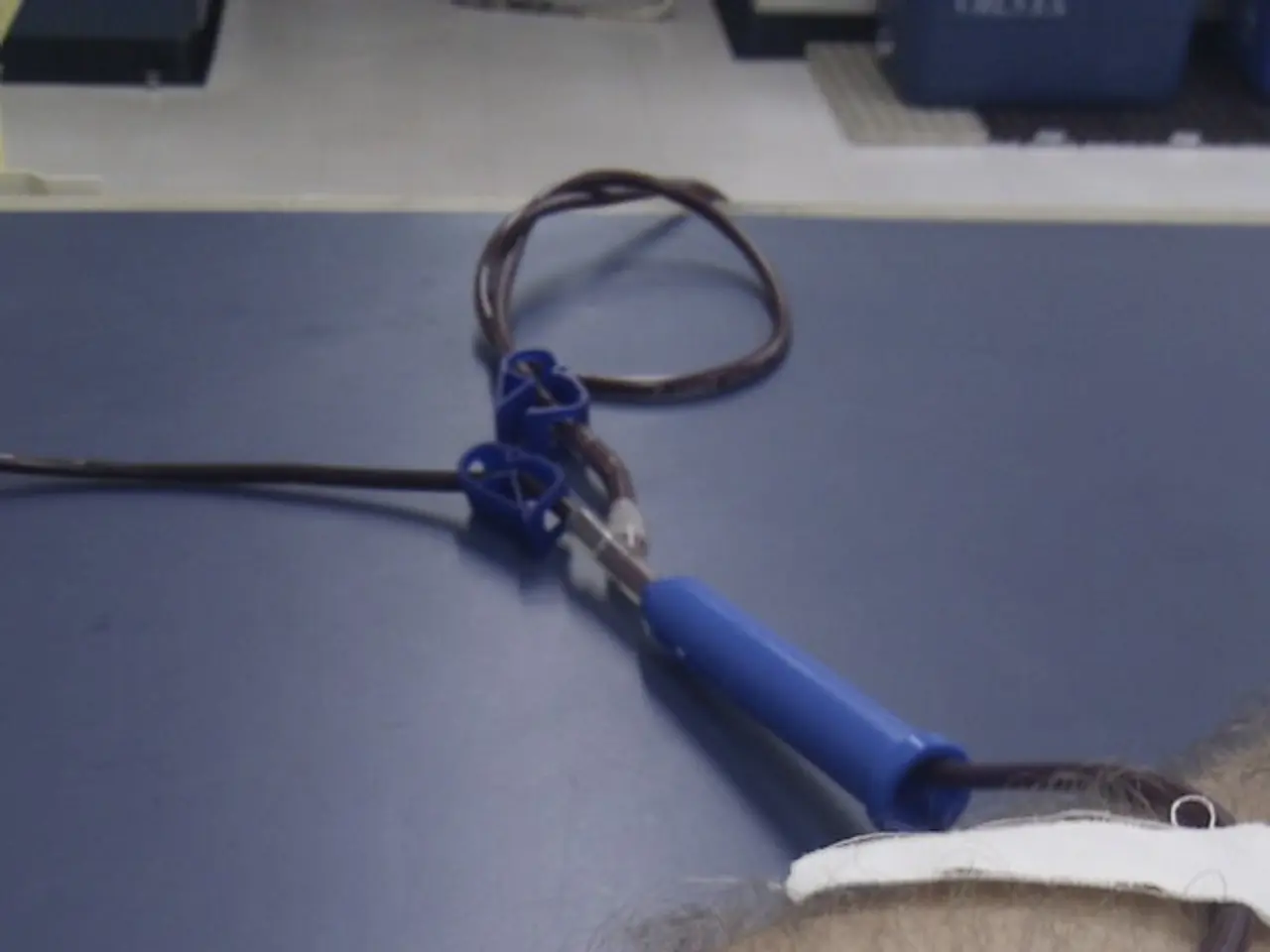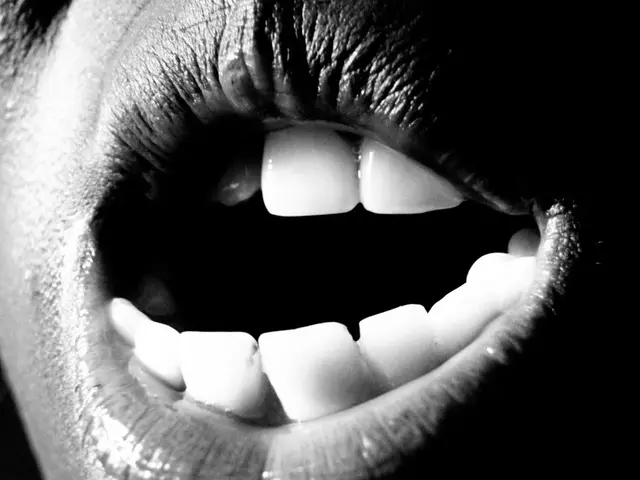Monitoring the Development of Varicose Veins: When to Be Concerned
Varicose veins, those bulging, twisted clusters of blue or purple veins that often develop in the legs and feet, are more than just a cosmetic concern. If left untreated, they can lead to a series of potentially life-threatening complications.
Deep Vein Thrombosis (DVT) and Pulmonary Embolism
Long-standing varicose veins increase the risk of DVT, a condition where blood clots form in the deep veins of the legs. These clots can cause leg pain and swelling. If a clot dislodges, it can travel to the lungs, resulting in a life-threatening pulmonary embolism.
Chronic Venous Insufficiency (CVI)
Untreated varicose veins can cause CVI, a condition where damaged vein valves impair efficient blood return to the heart. This leads to persistent leg swelling, discomfort, and skin changes.
Leg Ulcers and Skin Changes
Poor circulation caused by venous insufficiency and increased pressure can result in slow-healing open sores or ulcers on the legs, which are prone to infection. Long-term varicose veins can produce discoloration, dry or itchy skin, eczema-like inflammation, and thickened, hardened skin due to chronic inflammation.
Superficial Thrombophlebitis
Another condition that can occur with varicose veins is superficial thrombophlebitis, a blood clot in a vein just under the skin. This can cause severe, sharp pain along the surface of the vein and the vein may feel hardened and appear red.
Increased Risk of Cardiovascular Issues
Though varicose veins and heart disease are not directly linked, individuals with CVI and varicose veins share risk factors that predispose to cardiovascular disease, especially with metabolic conditions like obesity and diabetes that also worsen vein health and inflammation.
Preventing Complications
Varicose veins are more likely to develop as people age, but they can also occur in the teens if someone has weakened valves in their veins. Wearing compression socks, elevating legs, exercising regularly, maintaining a body mass index of 25 or less, and removing or treating varicose veins can help reverse the elevated pressure in the veins.
If you are experiencing bothersome symptoms despite trying tips like wearing compression hose and elevating legs, it's a good idea to make an appointment with a vascular specialist to discuss low-risk procedures that can help relieve varicose veins. Removing varicose veins or using ultrasound to identify the source that's feeding into those varicose veins and treating that can help with varicose veins.
Signs of a serious problem related to varicose veins include an increase in swelling or pain in the legs, a change in skin color, such as discoloration, turning brown or red, and becoming hot or painful. If you notice any of these symptoms, it's crucial to seek medical attention promptly.
[1] Mayo Clinic. (2021). Varicose veins. https://www.mayoclinic.org/diseases-conditions/varicose-veins/symptoms-causes/syc-20355272 [2] Cleveland Clinic. (2021). Chronic venous insufficiency. https://my.clevelandclinic.org/health/diseases/16685-chronic-venous-insufficiency [3] American Heart Association. (2021). Varicose veins. https://www.heart.org/en/health-topics/varicose-veins [4] National Heart, Lung, and Blood Institute. (2021). Venous Stasis Disorders. https://www.nhlbi.nih.gov/health-topics/venous-stasis-disorders [5] National Institute of Arthritis and Musculoskeletal and Skin Diseases. (2021). Varicose Veins. https://www.niams.nih.gov/health-topics/varicose-veins








